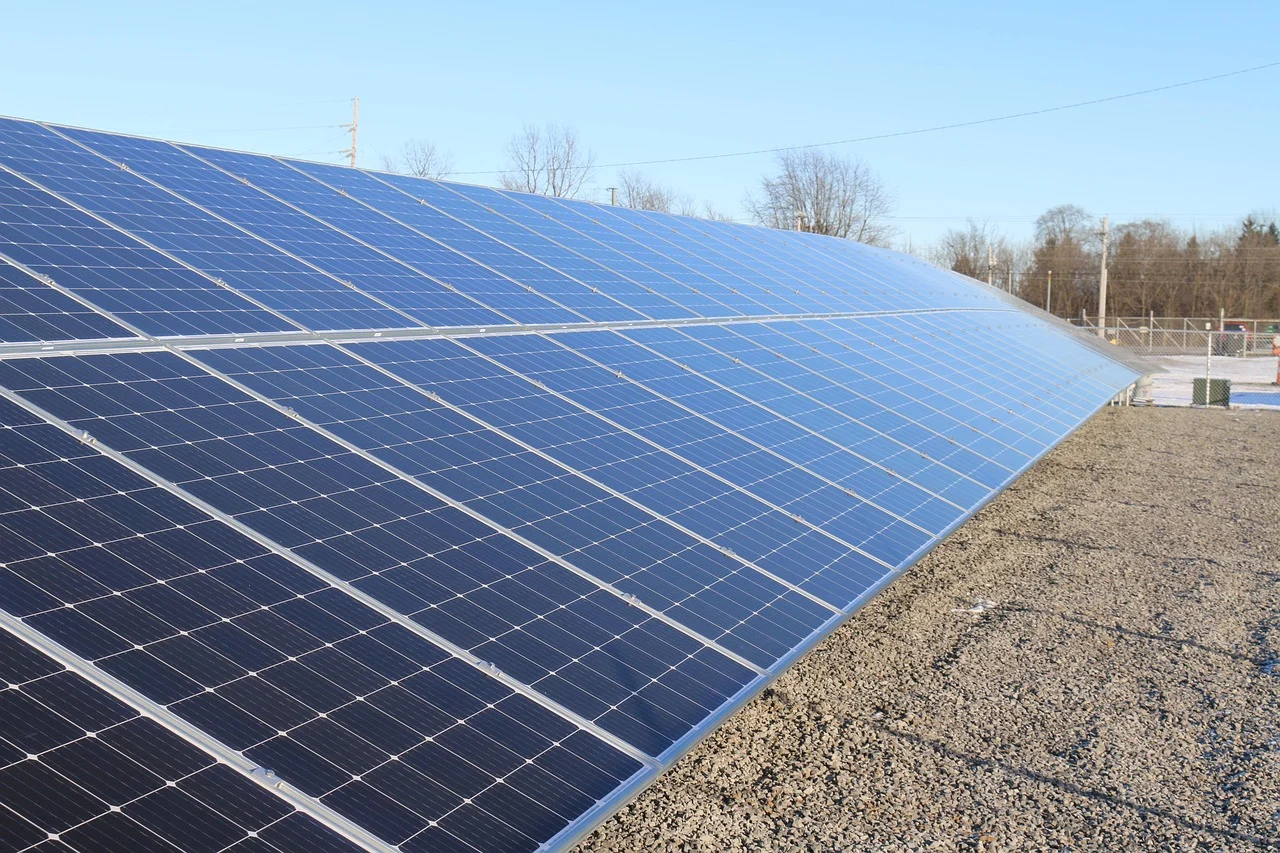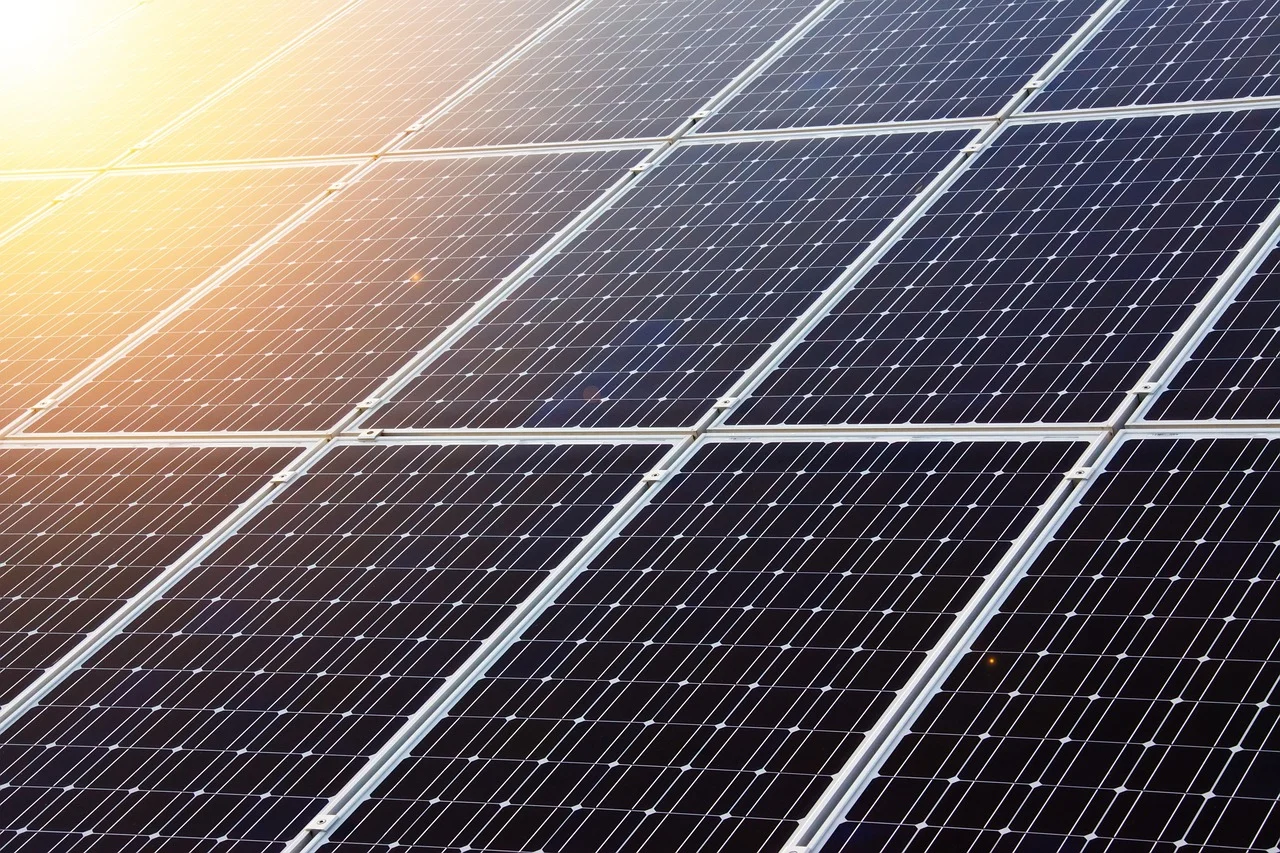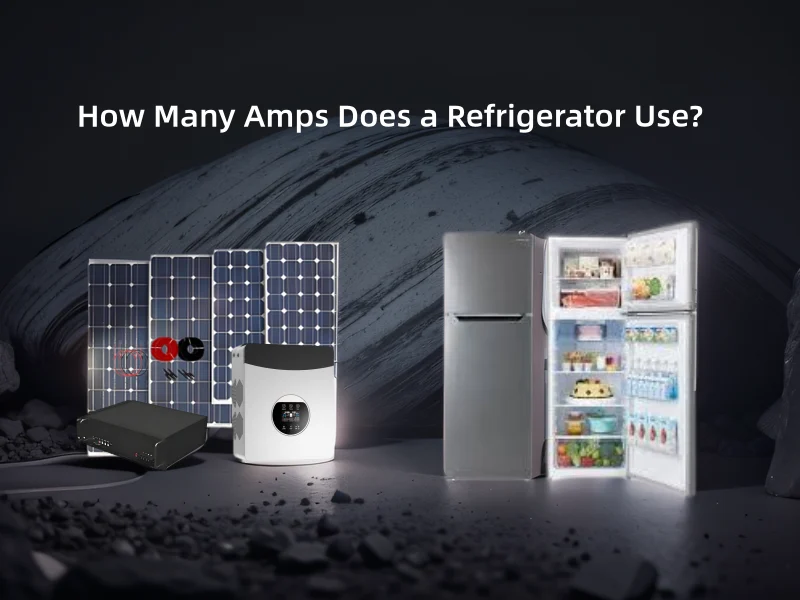MPPT (Maximum Power Point Tracking) technology is essential for optimizing energy output in solar power systems. It allows solar inverters to adjust continuously to changing sunlight conditions, thereby maximizing the energy harvested from solar panels. Here’s an in-depth look at what MPPT technology does, why it’s valuable, and how it’s shaping the renewable energy landscape.
What is MPPT and Why is it Important?
In a solar power system, MPPT is the technology that ensures the solar panels operate at their optimal power point, even as sunlight, temperature, and weather fluctuate. Without MPPT, solar panels would often miss out on potential power because the voltage and current might not align perfectly with what the inverter needs. With MPPT, inverters continuously monitor conditions and adjust to produce maximum power output.
Simple Analogy
Think of MPPT as the automatic transmission in a car. Just as the transmission shifts gears for optimal performance, MPPT adjusts the electrical characteristics of the solar array to find and hold the best power output, ensuring you get the most from every ray of sunlight.
How Does MPPT Work?
MPPT technology operates by adjusting the voltage and current from the solar panels to find the maximum power point—the sweet spot where the panels can generate the highest power output. This process relies on I-V (current-voltage) curves and P-V (power-voltage) curves, which represent the relationship between voltage and current at different light levels.
Key Variables in MPPT
Several factors influence a solar panel’s power output, including:
- Sunlight Intensity: Higher sunlight means more power potential.
- Temperature: Higher temperatures can reduce panel efficiency.
- Shading: Shadows or partial shading can impact power output.
MPPT constantly monitors these factors, adjusting to match the optimal operating point even as conditions change. The inverter’s DC/DC converter then modulates the system to lock in this maximum power point.
Thought-Provoking Question:
How much energy might be wasted without MPPT, especially on a cloudy day when sunlight intensity keeps shifting?
MPPT Algorithms: The Heart of Efficiency
MPPT inverters use algorithms to maintain the solar array at peak efficiency. Here are some of the common MPPT algorithms:
1. Perturb and Observe (P&O)
This method involves “perturbing” or adjusting the operating point and then observing the power output. If power increases, the system continues in that direction; if it decreases, the direction is reversed.
- Best Use: Clear, stable sunlight conditions.
- Challenge: Can be less effective under rapidly changing light, as it may oscillate around the optimal point without fully locking in.
2. Incremental Conductance (INC)
INC measures incremental changes in voltage and current, calculating the power slope to find the maximum power point. It’s faster than P&O in changing sunlight, as it adapts more accurately without “overshooting.”
- Best Use: Conditions with variable shading or fluctuating sunlight.
- Challenge: More complex than P&O, so it requires faster processing power.
3. Constant Voltage Tracking (CVT)
In this simpler approach, the system keeps the voltage constant at a pre-set level near the maximum power point. Although it’s less precise than other algorithms, it requires less computing power.
- Best Use: Smaller, simpler systems where fluctuations are minimal.
- Challenge: Less accurate than P&O or INC in varying conditions.
Newer Innovations: Multi-peak Algorithms
To address challenges like cloud cover or partial shading, advanced MPPT algorithms (like multi-peak or hybrid methods) adapt to non-linear power curves with multiple peaks, ensuring optimal performance even under complex conditions.
Real-World Example: MPPT in Residential Solar Systems
Imagine a solar system installed on a home’s rooftop. Throughout the day, trees nearby cast shadows across different parts of the roof, reducing sunlight. Here, an MPPT-enabled inverter would recognize these changes and adjust, ensuring optimal output even as sunlight shifts. Without MPPT, the system would miss these subtle adjustments, losing valuable energy over the day.
Case Study: MPPT Efficiency Gains
Studies show that MPPT technology can improve energy capture by up to 30% compared to non-MPPT systems. This difference becomes even more significant during cloudy days or in regions with variable weather, where sunlight isn’t always consistent.
Industry Benefits of MPPT Technology
1. Enhanced Energy Yield
MPPT ensures that the system extracts as much power as possible from the solar array, increasing energy production without additional panels. For commercial or large-scale solar farms, these gains translate into significant cost savings.
2. Reduced System Payback Time
By maximizing power output, MPPT shortens the time it takes for a solar system to “pay for itself.” In residential installations, this can shave months to years off the payback time, depending on the region and sunlight availability.
3. Adaptability to Different Environments
MPPT systems can adapt to various locations and conditions, making them ideal for residential, commercial, and industrial use. They also make solar power feasible in areas with variable sunlight and partially shaded sites that would otherwise underperform.
Fun Fact:
In snowy regions, MPPT inverters can even increase output on winter days by adapting to high reflection off the snow—like giving your panels a turbo boost!
What’s Next?
With growing interest in renewable energy and grid-tied solar systems, MPPT technology will continue evolving. Many inverter manufacturers are exploring machine learning and AI-based MPPT algorithms that “learn” environmental patterns over time, further enhancing efficiency.
Additionally, multi-MPPT channels are emerging, allowing each string of solar panels to operate independently, making the entire system even more resilient to shading and orientation issues.






 Afrikaans
Afrikaans Albanian
Albanian Amharic
Amharic Arabic
Arabic Armenian
Armenian Azerbaijani
Azerbaijani Basque
Basque Belarusian
Belarusian Bengali
Bengali Bosnian
Bosnian Bulgarian
Bulgarian Catalan
Catalan Cebuano
Cebuano Chichewa
Chichewa Chinese (Simplified)
Chinese (Simplified) Chinese (Traditional)
Chinese (Traditional) Corsican
Corsican Croatian
Croatian Czech
Czech Danish
Danish Dutch
Dutch English
English Esperanto
Esperanto Estonian
Estonian Filipino
Filipino Finnish
Finnish French
French Frisian
Frisian Galician
Galician Georgian
Georgian German
German Greek
Greek Gujarati
Gujarati Haitian Creole
Haitian Creole Hausa
Hausa Hawaiian
Hawaiian Hebrew
Hebrew Hindi
Hindi Hmong
Hmong Hungarian
Hungarian Icelandic
Icelandic Igbo
Igbo Indonesian
Indonesian Irish
Irish Italian
Italian Japanese
Japanese Javanese
Javanese Kannada
Kannada Kazakh
Kazakh Khmer
Khmer Korean
Korean Kurdish (Kurmanji)
Kurdish (Kurmanji) Kyrgyz
Kyrgyz Lao
Lao Latin
Latin Latvian
Latvian Lithuanian
Lithuanian Luxembourgish
Luxembourgish Macedonian
Macedonian Malagasy
Malagasy Malay
Malay Malayalam
Malayalam Maltese
Maltese Maori
Maori Marathi
Marathi Mongolian
Mongolian Myanmar (Burmese)
Myanmar (Burmese) Nepali
Nepali Norwegian
Norwegian Pashto
Pashto Persian
Persian Polish
Polish Portuguese
Portuguese Punjabi
Punjabi Romanian
Romanian Russian
Russian Samoan
Samoan Scottish Gaelic
Scottish Gaelic Serbian
Serbian Sesotho
Sesotho Shona
Shona Sindhi
Sindhi Sinhala
Sinhala Slovak
Slovak Slovenian
Slovenian Somali
Somali Spanish
Spanish Sundanese
Sundanese Swahili
Swahili Swedish
Swedish Tajik
Tajik Tamil
Tamil Telugu
Telugu Thai
Thai Turkish
Turkish Ukrainian
Ukrainian Urdu
Urdu Uzbek
Uzbek Vietnamese
Vietnamese Welsh
Welsh Xhosa
Xhosa Yiddish
Yiddish Yoruba
Yoruba Zulu
Zulu